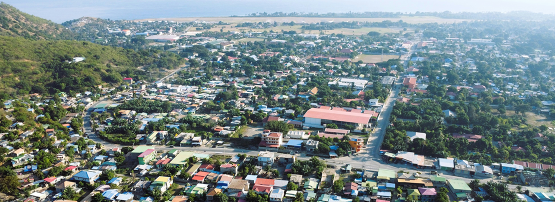
Network Operator Groups (NOGs) are vital to the Internet operations community. When held in the local language, they can effectively bridge language barriers and greatly benefit emerging Internet communities — such as Timor-Leste.
NOGs help maintain professional connections between ISPs and important local networks. They facilitate regional routing coordination, help keep local traffic local, and maximize peering opportunities. When a new NOG emerges, it is welcomed by the entire regional community, so it’s exciting that Timor-Leste’s first-ever NOG community event (TLNOG 1) is scheduled for 22 August 2024.
Timor-Leste
Timor-Leste is a Southeast Asian economy of 1,360,596 people (2023) comprising the eastern half of the island of Timor, the Oecusse region on the northwest part of the island, and the islands of Atauro and Jaco. It is found northwest of Australia, in the Lesser Sunda Islands at the eastern end of the Indonesian archipelago. Roughly 70% of the population resides in rural areas and is primarily dependent on agriculture.
Industry overview at a glance
At APNIC Labs, Timor-Leste is measured by approximately 1.3k samples per day, scaled to a more representative 2,500 from the world’s daily total of 23M experiments per day. This data shows a competitive market of 12 Autonomous System Numbers (ASNs), three of which represent most of the end user traffic: AS133606 (Viettel Timor Leste), AS58731 (Telekomunikasi Indonesia T.L) and AS38007 (Timor Telecom). The remaining nine ASNs represent government agencies, Cloudflare, and other ISPs.
APNIC Labs combines data from the World Bank, UN, BGP, and IP address allocations to illustrate the global scale and adoption of Internet use across different economies. (Table 1).
| /32s per user | /32s per capita | % of allocated space advertised | Population | Internet users | Users, % of population |
| 0.054 | 0.017 | 84% | 1,380,596 | 427,459 | 31% |
Only 23,040 IPv4 addresses are shown as delegated to Timor-Leste. This is because many of the IP addresses used within the economy come from international agencies or ISPs based outside of Timor-Leste, so these addresses are not counted as assigned to Timor-Leste.
Although a respectable /29 of IPv6 space has been assigned, only a /31 is visible in BGP, reflecting the low uptake visible from end users. This means that while ISPs have sufficient IPv6 addresses, they are not currently being used. Comparatively, the percentage of the population visible online is 41% for Indonesia and 14% for Papua New Guinea.
Hurricane Electric’s BGP Toolkit shows the IPv4 route propagation for AS133606 (as well as AS58731 and AS38077). These routes indicate that Timor-Leste’s peering adjacencies are with Indonesia and Australia, with upstream providers including Cogent, Tata, NTT, and Hurricane Electric. This is logical given the geography and available cable systems.
The road to TLNOG 1
APNIC is committed to supporting regional NOG activity. The possibility of developing a Timor-Leste NOG has been discussed at various meetings across the region and APNIC Academy training events for several years but capacity building had traditionally been seen as the more significant goal. However, interest in a local NOG increased in 2023.
In 2023, APNIC facilitated initial discussions to form TLNOG with local stakeholders aiming to be the organizing body. A national ICT event that would include TLNOG was proposed for November 2023. However, this group recognized the need for increased participation particularly from network operators and ISPs, as well as other sectors including academia, businesses, and government would be essential to advancing this initiative.
At APRICOT 2024 in Bangkok, Thailand, 10 delegates from Timor-Leste attended, possibly the largest-ever delegation to an APNIC conference (eight joined the workshops and two at the conference). During lunch breaks, valuable discussions were held with Jose Diaz and Jemris Yeros from Timor Telecom about the status of submarine cables, IXP plans, and the benefits of a local NOG. Jose and Jemris would later become the local champions driving TLNOG forward.
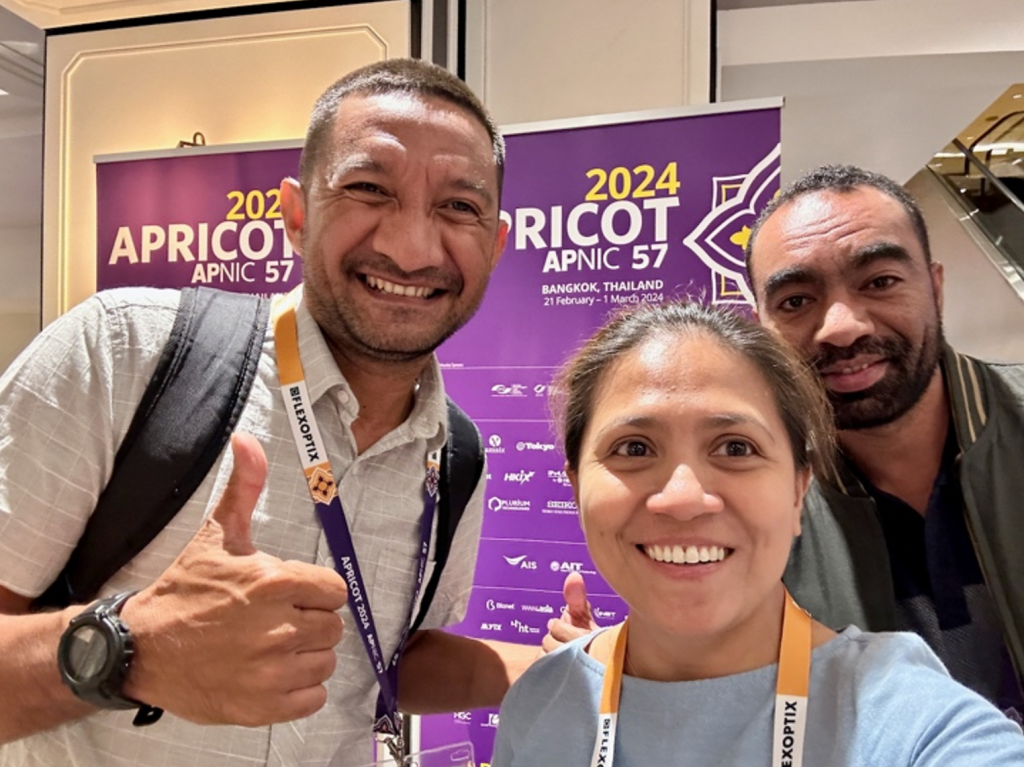
Throughout the conference, more delegates expressed interest in TLNOG and inquired about ways to get involved. Locals were enthusiastic and excited about having their own NOG represented in the regional community.
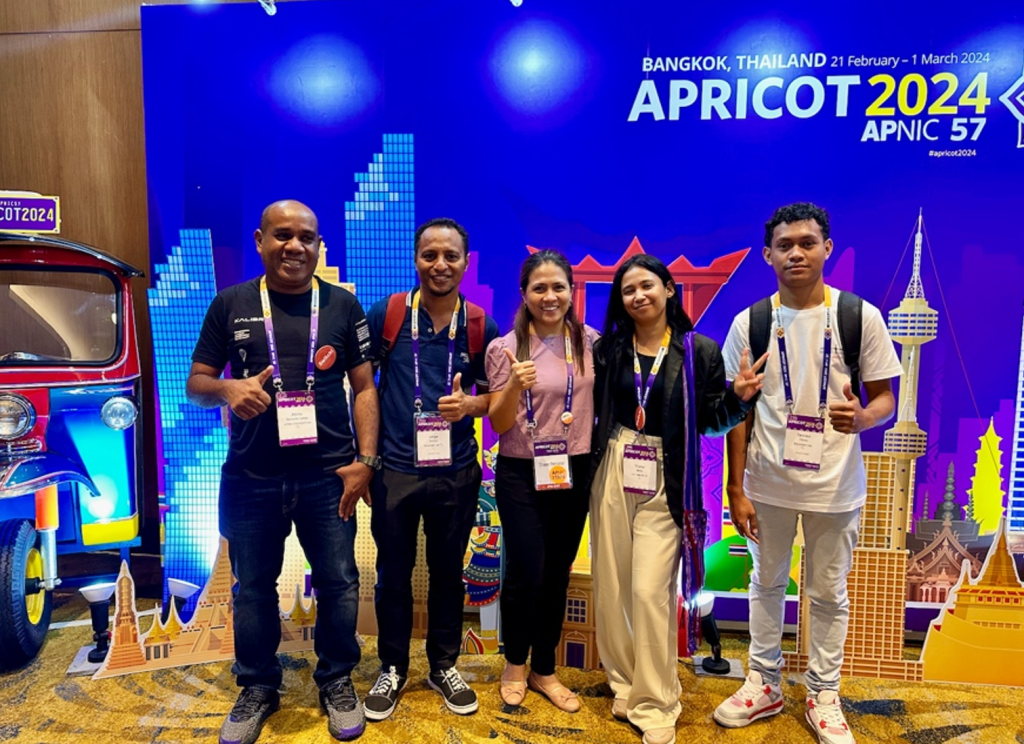
After returning from the conference, all interested individuals were gathered to for new NOG discussions. APNIC facilitated the first remote planning meeting on 17 April 2024 with nine attendees (Figure 3) joining to discuss moving forward with TLNOG. The meeting confirmed interest broad and that the local Internet community would greatly benefit from establishing a NOG.
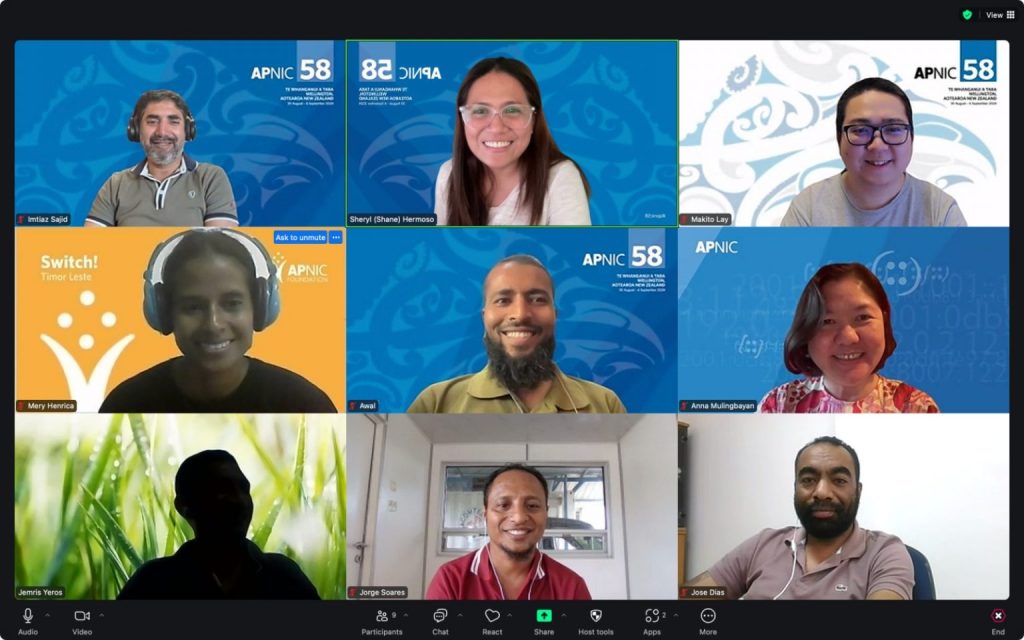
Monthly planning meetings continued, showing increasing engagement (Figure 4). During the second meeting, several updates and proposals were shared to organize an inaugural TLNOG community event later in 2024. It was at this point the community was committed to delivering the event.
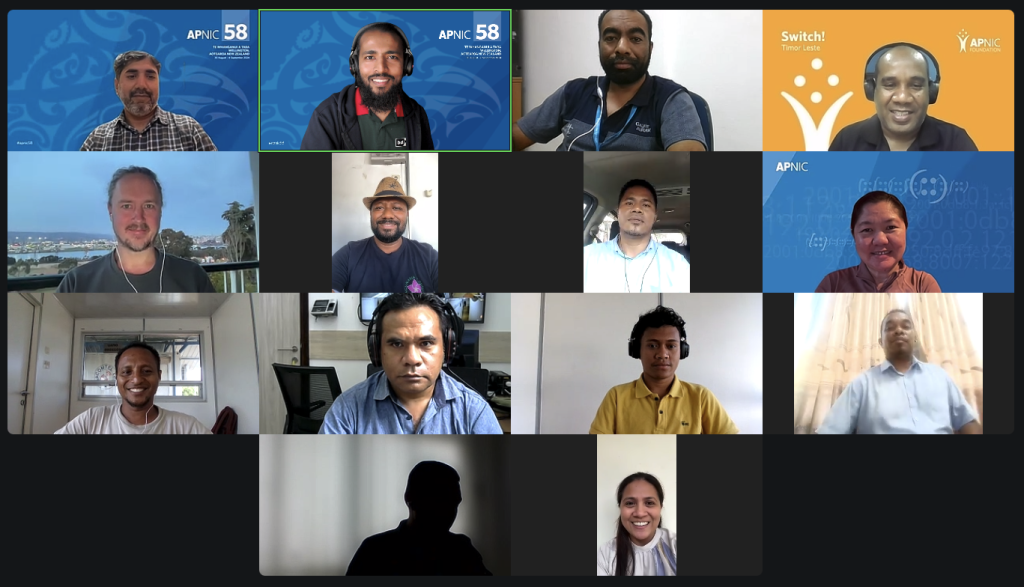
With only about eight weeks to prepare, the local working group had their first face-to-face meeting (Figure 5) on 26 June to plan the logistics.
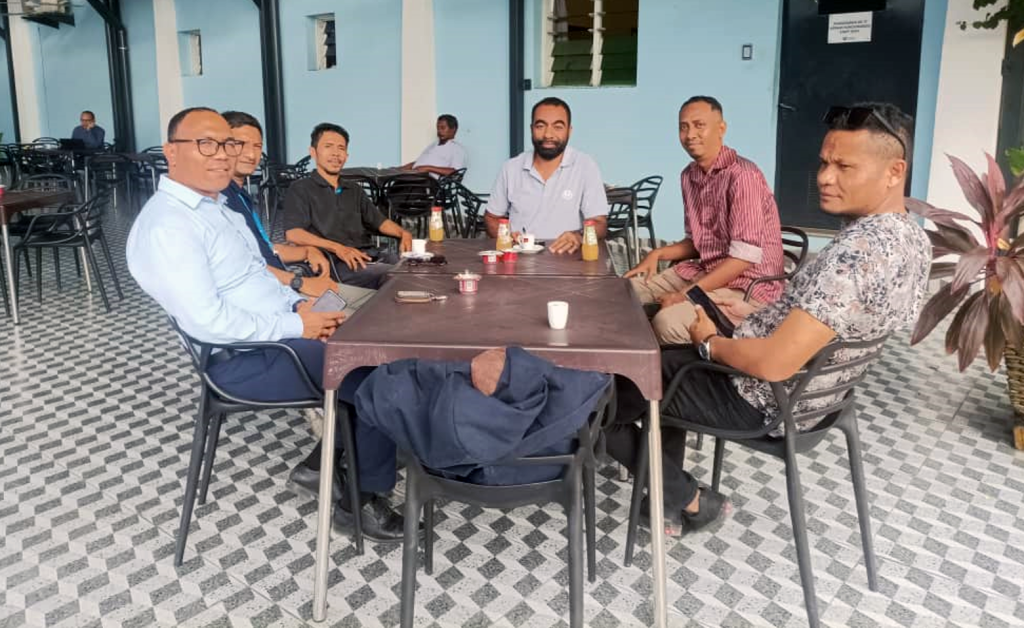
Since then, the meetings that followed have been all about planning the details of the event, such as the schedule, topics, and sponsors supported by and leveraging the APNIC team’s experience with various NOGs.
What to expect at TLNOG 1
NOGs are informal forums that bring together network operators, engineers, and other technical professionals to discuss topics such as routing, network security, peering, interconnection, and various operational Internet issues. Similarly, TLNOG has been designed to enable the exchange of relevant technical information and offer training and skills development opportunities for local operators — improving network operations within Timor-Leste and the region. TLNOG 1 and future events will include workshops, regular seminars, and conferences to enhance the local professional community, both technical and other stakeholders. Learn more about TLNOG’s mission and vision.
TLNOG 1 will be held on 22 August 2024 from 09:00 to 17:30 (UTC +9) at the Ministry of Transport and Communications, CHRH+CQ8, R. Caicoli, Díli, Timor-Leste.
While the program and registration are currently being finalized, some details and the schedule outline are available online. The APNIC Academy will support the event with an in-person Internet Routing Workshop from 19 to 21 August 2024.
TLNOG 1 currently has a call for speakers (deadline 15 August 2024). You can also join the TLNOG mailing list on Orbit.
The views expressed by the authors of this blog are their own and do not necessarily reflect the views of APNIC. Please note a Code of Conduct applies to this blog.
